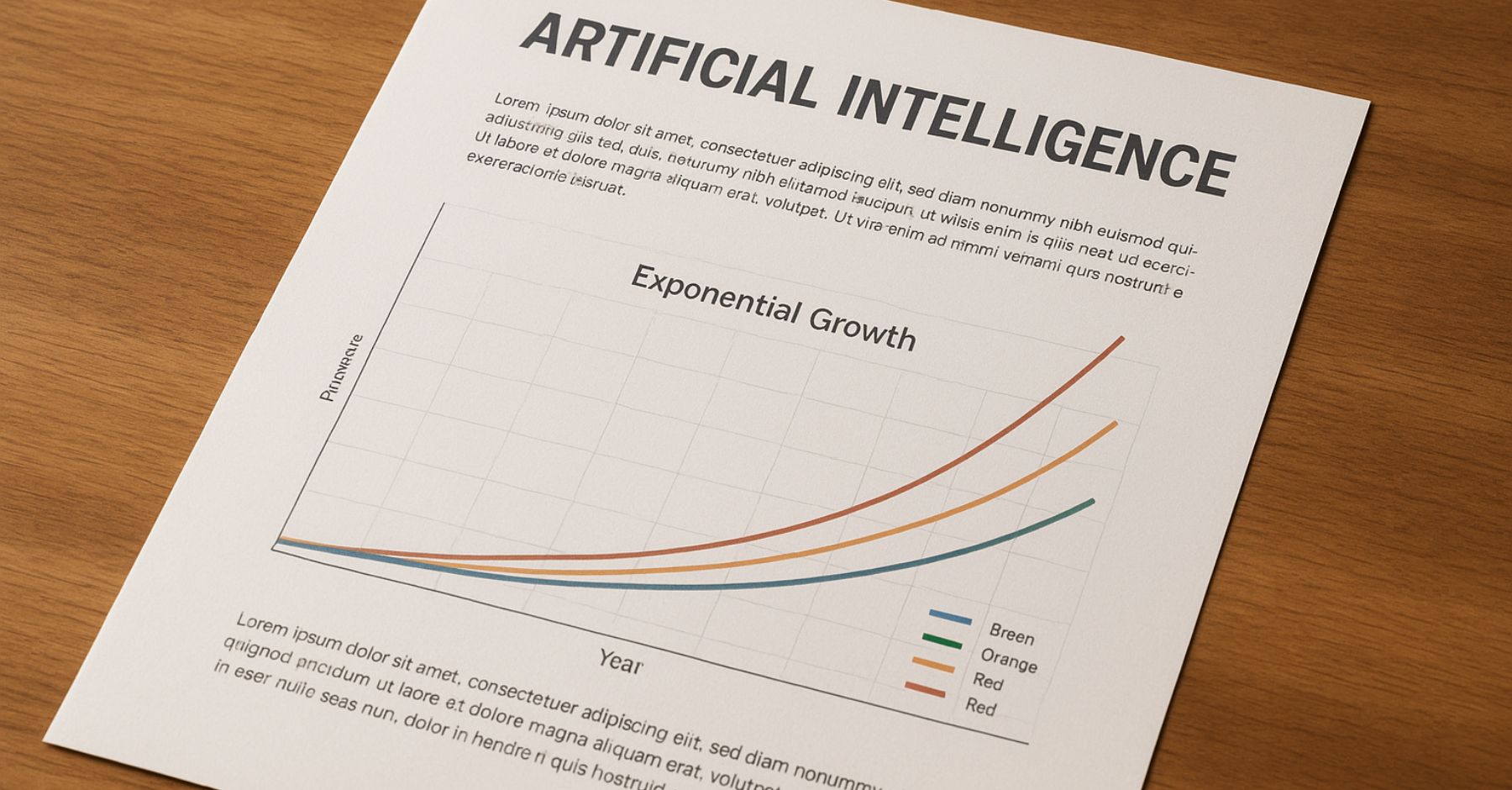Each week we’ll gather headlines and tips to keep you current with how generative AI affects PR and the world at large. If you have ideas on how to improve the newsletter, let us know!
What You Should Know
New Report Shows How Far AI Has Come, How Fast It’s Moving
Mary Meeker, the former Wall Street analyst known as the “Queen of the Internet” for her annual internet trends reports, has returned with her first comprehensive report since 2019.
This time, she focused 340 pages on artificial intelligence, outlining the speed at which AI is being developed and adopted. Perhaps unsurprisingly, the word “unprecedented” appears 64 times in the report.
Among her findings is that ChatGPT recorded 365 billion searches in only two years, 5.5 times faster than the 11 years it took Google. As we’ve underscored previously, it’s proof that the way people find information is changing, and that means brands need to rethink their approach to content and meet audiences where they are, including platforms like ChatGPT.
The report also found that AI content is now essentially indistinguishable from human writing. In testing of GPT-4.5, evaluators could only identify machine-generated text 27% of the time. Automated AI detectors are also ineffective. It’s more evidence that with the right inputs, communicators can leverage AI to create high-quality, authoritative content that connects with their audiences.
What makes this moment particularly challenging for communicators is the sheer scope and speed of change across every industry. The report documents AI’s rapid integration into healthcare, finance, education, and manufacturing — sectors that typically adopt new technologies cautiously. AI is reshaping job functions across the board, from customer service to legal research to creative work.
Communications is no exception — in fact, it’s even more challenging. Because our work centers on understanding audiences, we need to grasp how AI is reshaping every industry and role we encounter.
Elsewhere …
- How Generative Engine Optimization (GEO) Rewrites the Rules of Search
- NYT Reaches AI Licensing Deal with Amazon
- Meta Aims to Fully Automate Advertising with AI by 2026
- This Year’s Hot New Tool For Chefs? ChatGPT.
- FDA Launches AI Tool to Reduce Time Taken for Scientific Reviews
 A way to stay organized
A way to stay organized
What’s happening: If you’re an AI power user, a long list of conversations can be hard to keep track of. AI tools like ChatGPT and Claude don’t exactly come up with the most descriptive names — “Refining CEO Interview Responses” or “Revising Article Based on Feedback” probably won’t help you if you need to revisit those threads in a week or two.
Try this: Take a page from the newsroom playbook and customize your own version of Associated Press slugs. Reporters and editors know what to expect from the AP by reading a digest of stories in production. For instance, “HKN–GAUDREAU BROTHERS-5K” is the slug for a story about a 5K run in honor of the late hockey players John and Matthew Gaudreau.
You can make it your own by replacing HKN with an abbreviation for a client, if you work at an agency, or a department, if you work in house.
Or…: Another way to organize your conversations is by using the “project” feature within ChatGPT and Claude. These both work the same way: Projects are like folders in that they can contain a group of individual conversations, and they can also have their own knowledge bases.
In other words, if you’re working on several pieces of content for an upcoming report, you can include previous years’ reports as a knowledge base for that project so the AI tool has more context.
In ChatGPT, individual conversations within a project only appear within the project, not in the longer list of conversations on the left rail. In Claude, they’ll appear in both.
Quote of the Week
“I think there’s a certain point in your cheffiness where you’re reluctant to be vulnerable and not know something, [but] ChatGPT will happily answer your question and not judge you.”
— Ned Baldwin, Chef and Owner of Houseman, to the New York Times in a story on chefs using AI
How Was This Newsletter?



